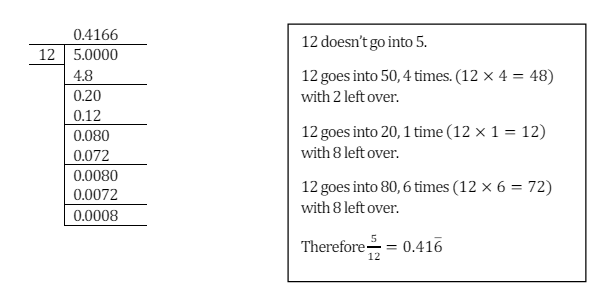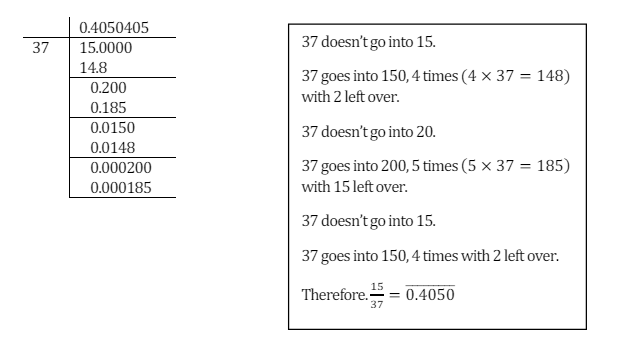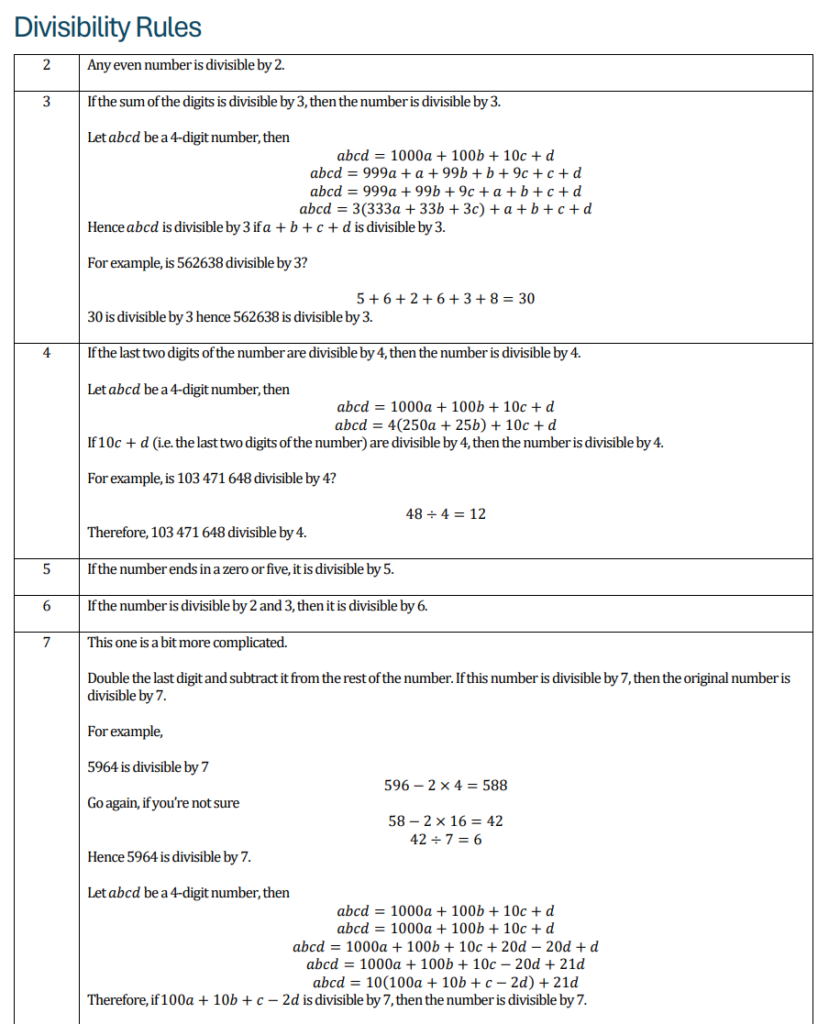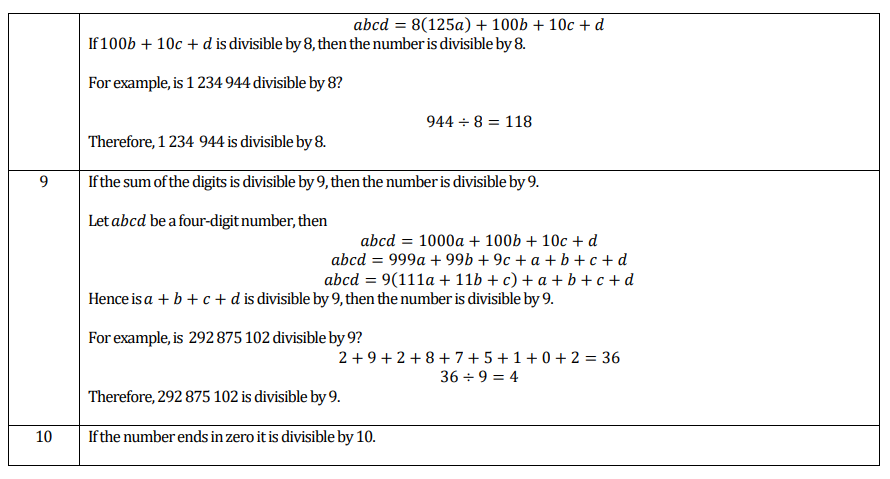In my town 10% of the dogs think they are cats and 10% of the cats think they are dogs. All the other cats and dogs are perfectly normal. When all the cats and dogs in my town were rounded up and subjected to a rigorous test, 20% of them thought they were cats. What percentage of them really were cats?
Hamilton Olympiad 2003 B4 – The Ultimate Mathematical Challenge
| Let Then But we also know 20% of the total think they are cats. Therefore, Percentage of cats is Substitute |





